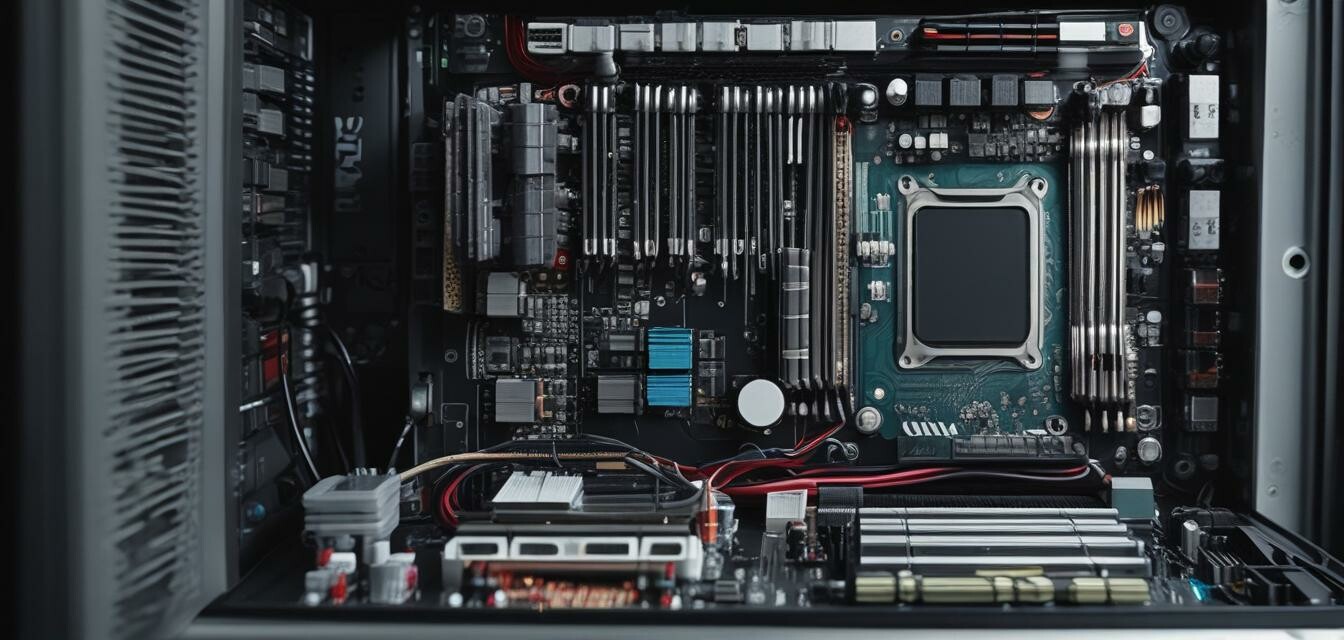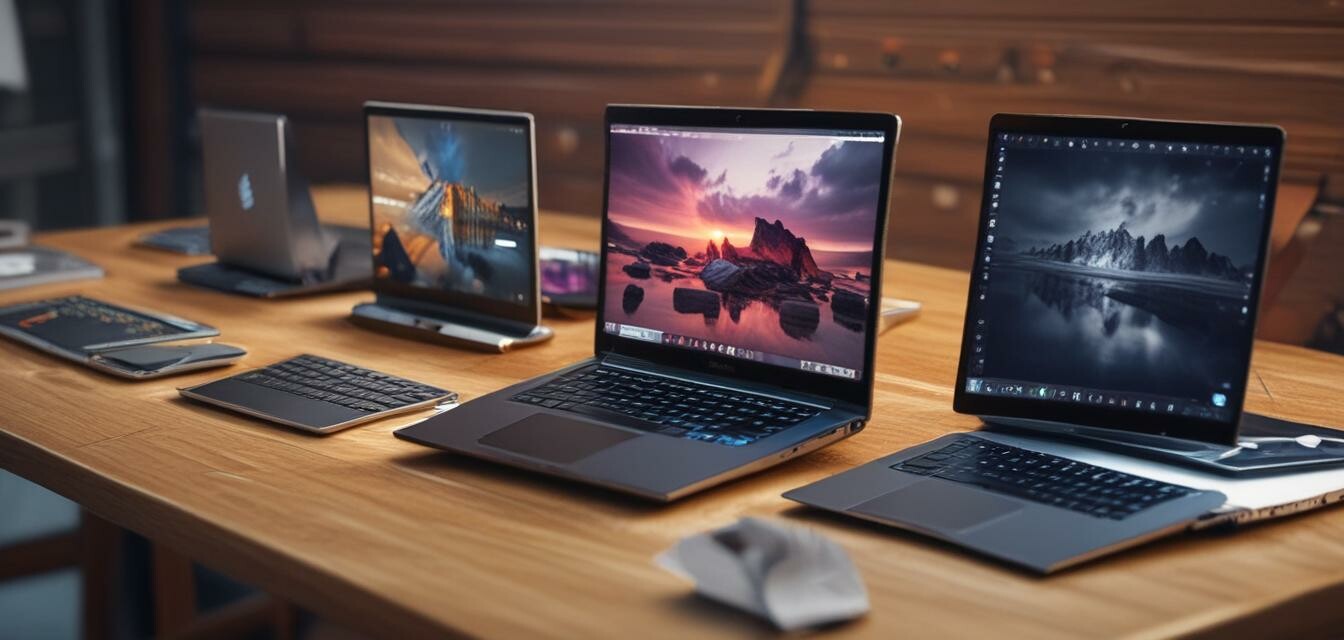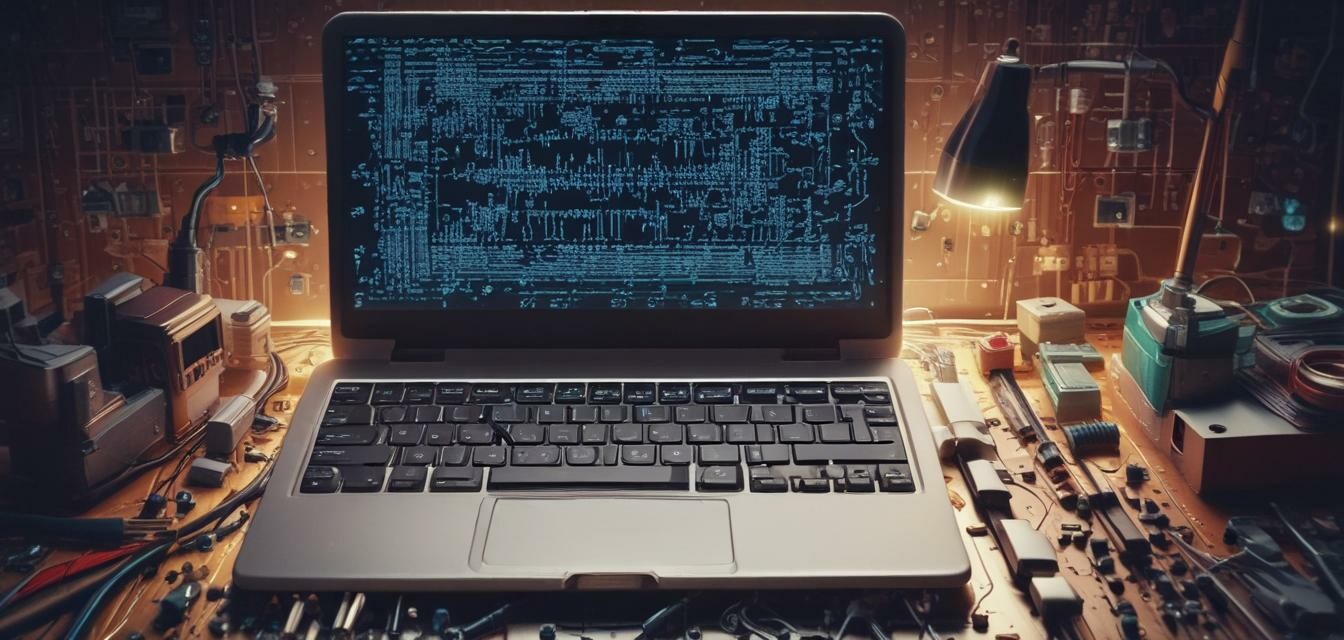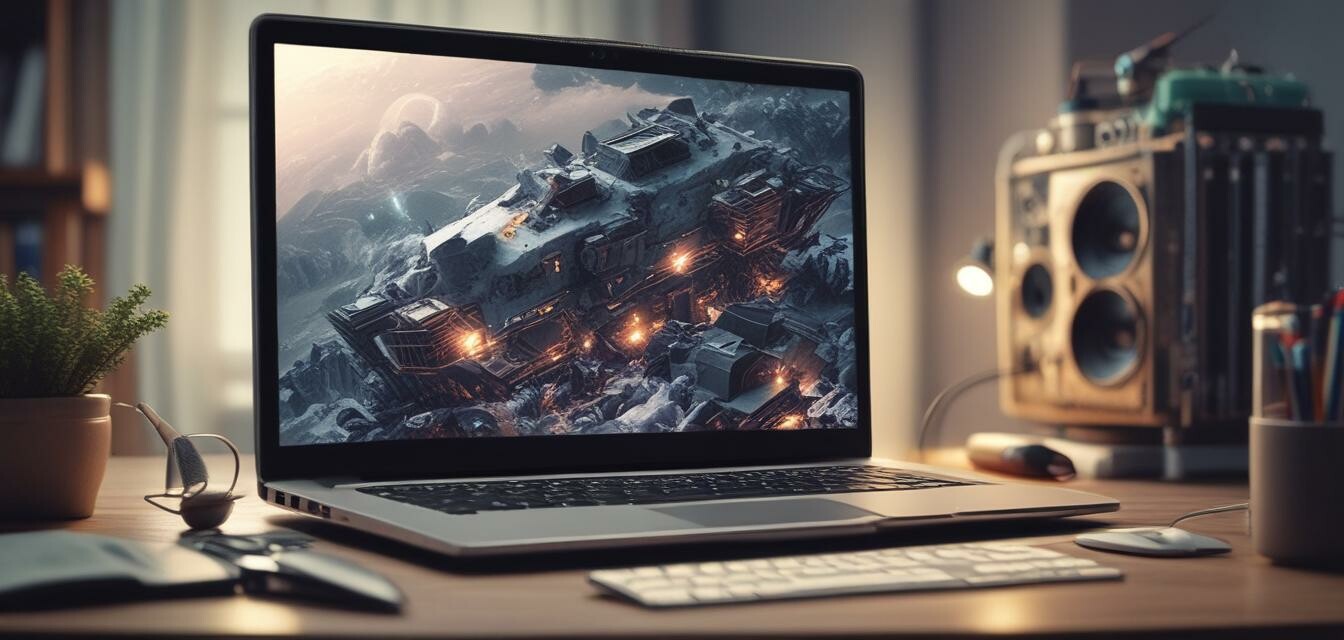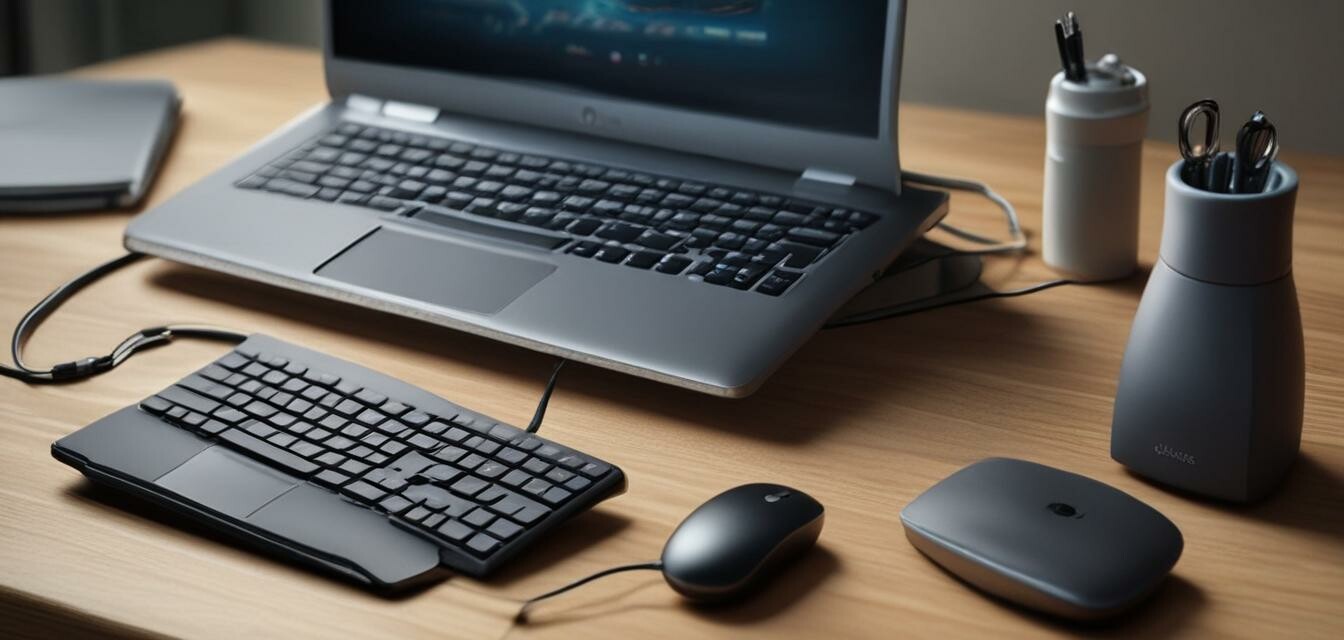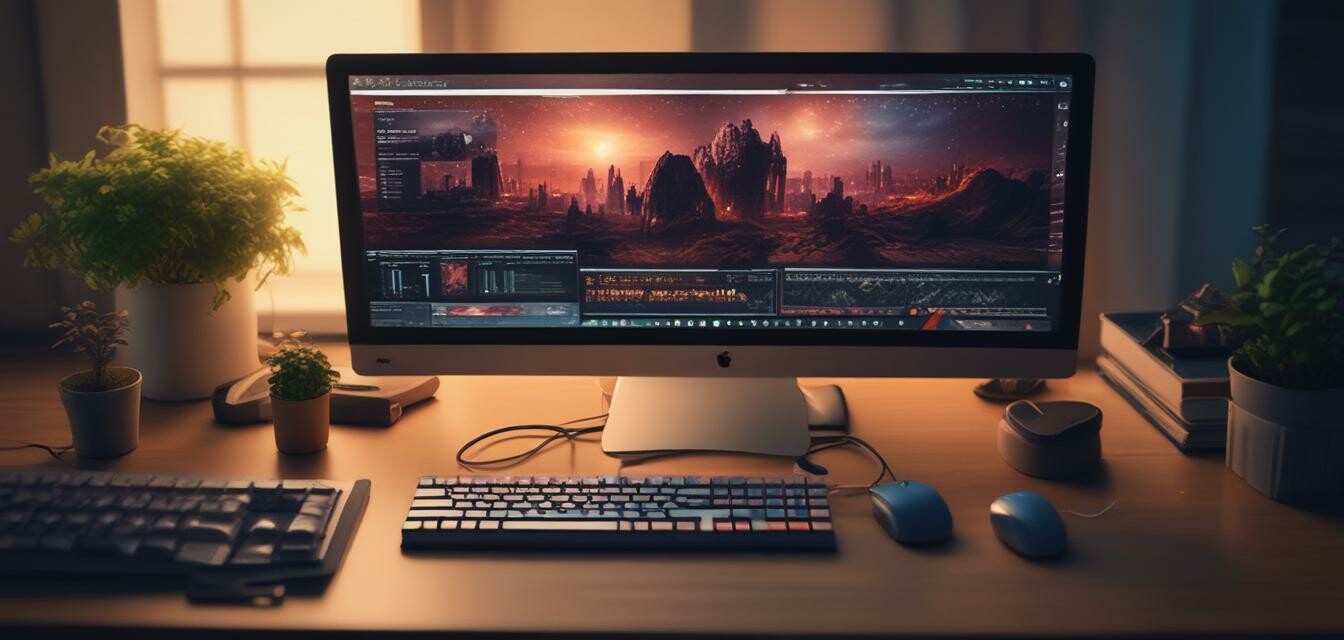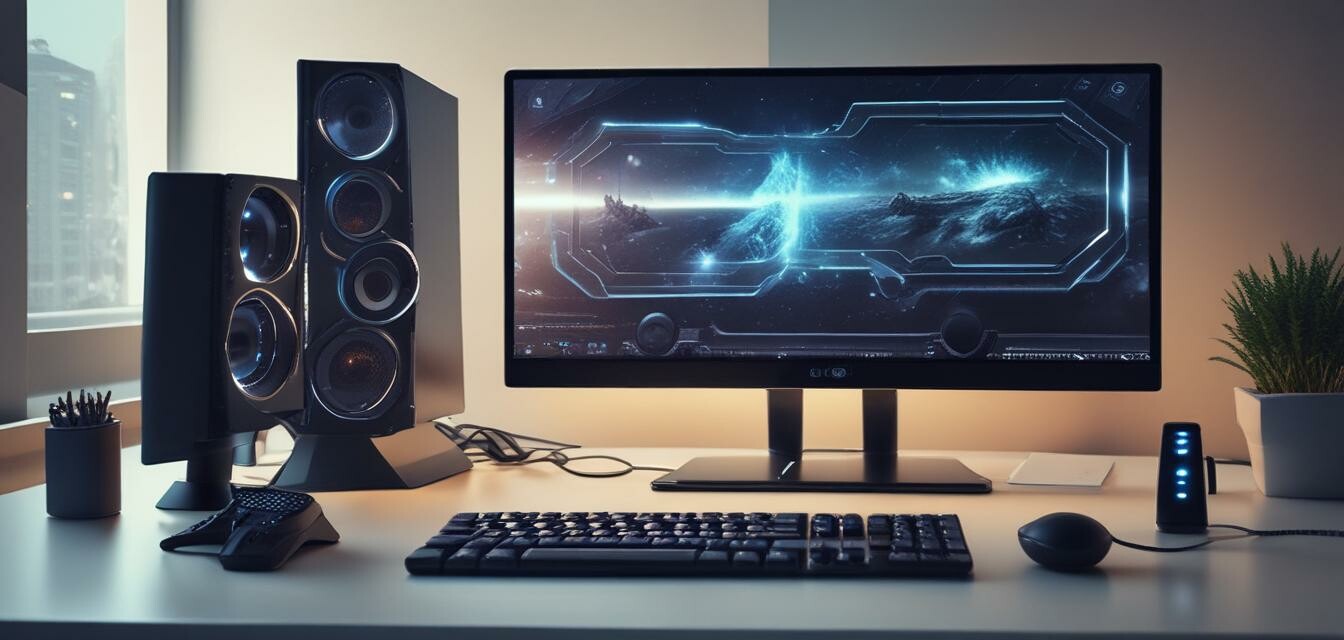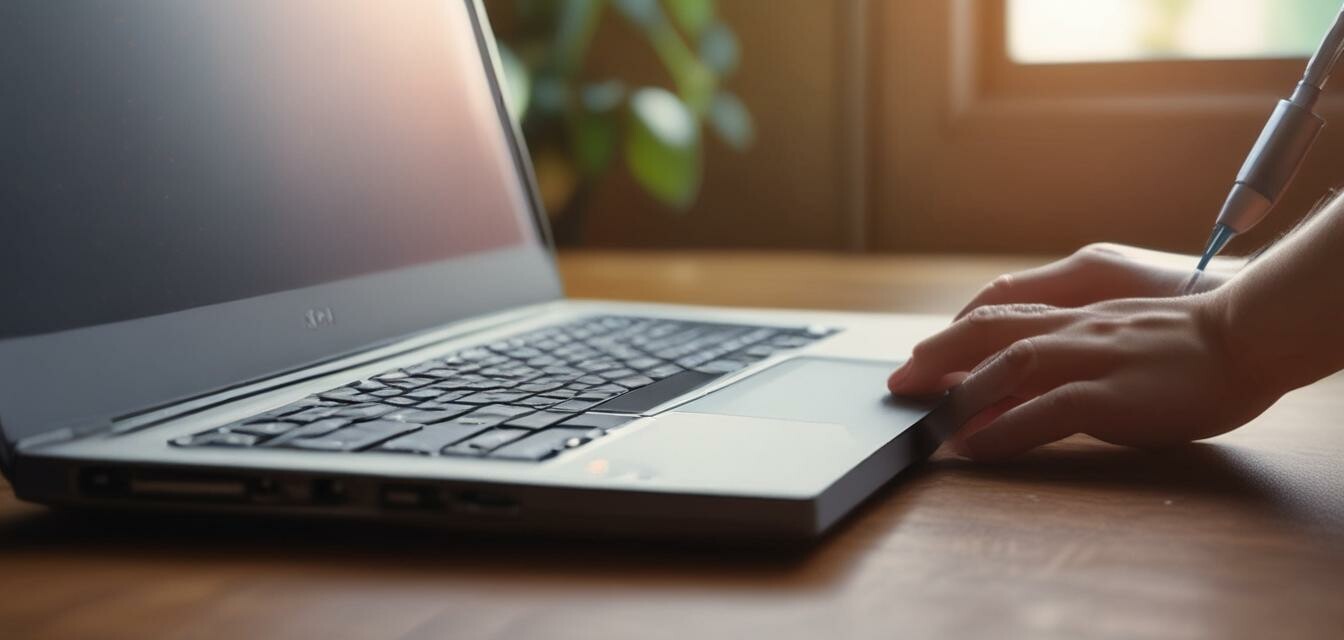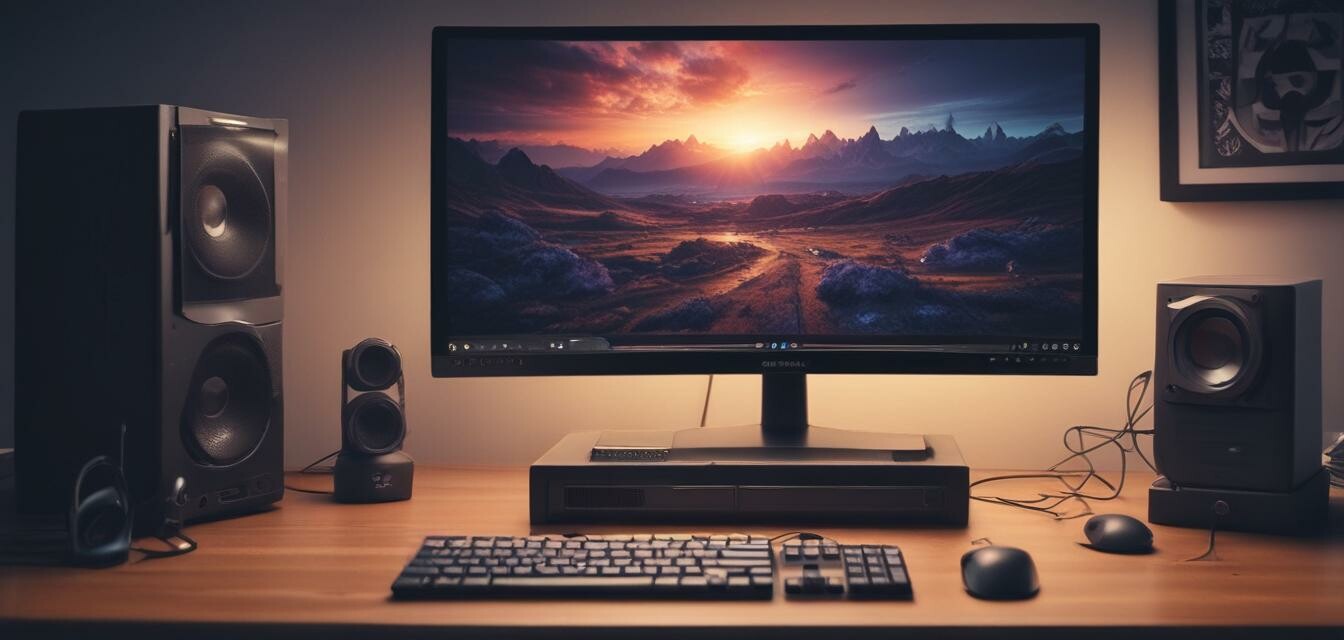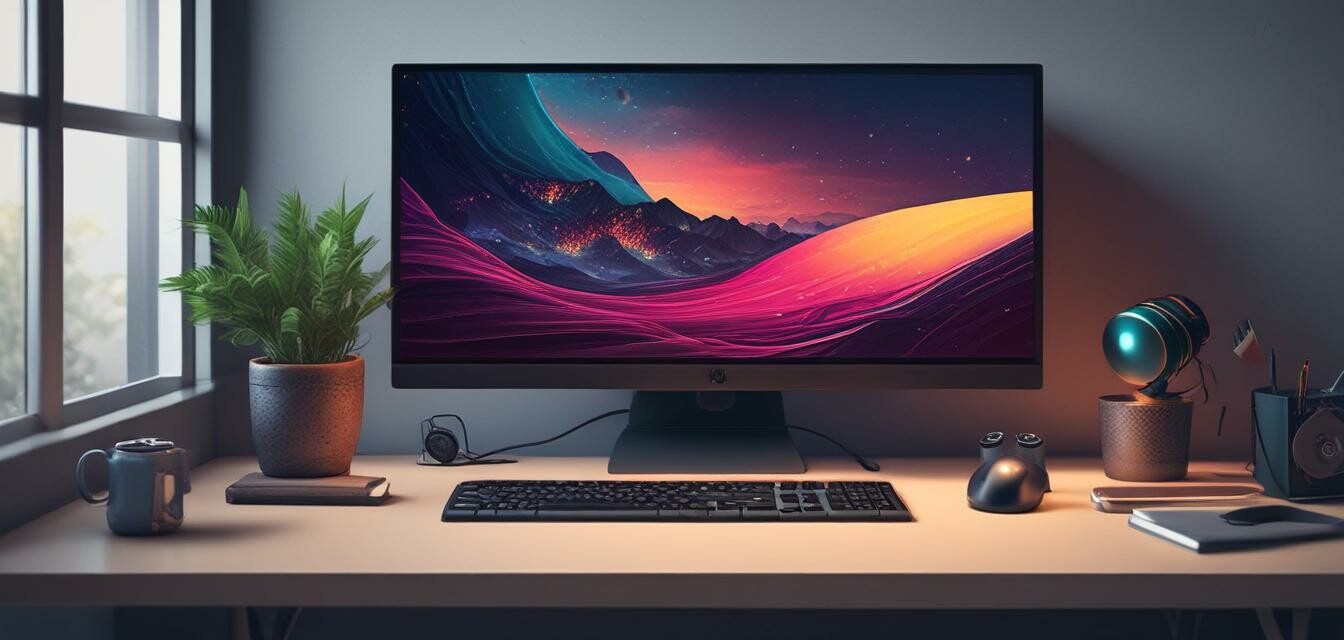
Disclosure: This article was created using AI and is not based on personal experience. It includes affiliate links, which means we may earn a commission if you purchase through these links at no extra cost to you. As Amazon Associates, we earn from qualifying purchases. Product recommendations and endorsements were generated by AI and do not reflect personal opinions or real-world use.
Desktop PC Troubleshooting
Key Takeaways
- Identify common desktop PC problems quickly.
- Follow systematic troubleshooting steps for efficient resolution.
- Understand simple hardware and software troubleshooting techniques.
- Utilize internal links for more detailed guidance on specific issues.
Desktop PCs are powerful tools for personal and professional use. However, like any technology, they can encounter issues that disrupt your workflow. In this guide, we will explore common desktop PC problems and provide effective troubleshooting solutions.
Common Desktop PC Issues
| Issue | Description |
|---|---|
| PC Won't Turn On | The system does not power up; no lights or sounds indicate operation. |
| Blue Screen of Death (BSOD) | A critical error occurs causing the system to restart unexpectedly. |
| Slow Performance | The PC takes longer to open applications or files than usual. |
| Overheating | The system becomes excessively hot during operation, risking damage. |
| No Internet Connection | The device fails to detect any active internet connection. |
Step-by-Step Troubleshooting Guide
1. PC Won't Turn On
- Check power connections to the PC and outlet.
- Test the power supply using a different computer.
- Inspect the power button for damage.
2. Blue Screen of Death (BSOD)
- Note any error messages displayed on the BSOD.
- Boot into safe mode and uninstall recent software.
- Update drivers or check for hardware issues.
3. Slow Performance
- Run disk cleanup to free up space.
- Check for malware using a trusted antivirus program.
- Upgrade RAM if necessary or close unused applications.
4. Overheating
- Ensure proper ventilation around the PC.
- Clean dust from fans and vents.
- Consider upgrading the cooling system.
5. No Internet Connection
- Restart the router and modem.
- Check if the network adapter driver is up to date.
- Run network troubleshooter in settings.
When to Seek Professional Help
If your troubleshooting efforts do not resolve the issue, it may be time to seek professional assistance. Some signs to look out for include:
- Persistent problems after following troubleshooting steps.
- Signs of hardware damage or wear.
- Inability to identify the cause of the issue.
Pros of DIY Troubleshooting
- Cost-effective solution without professional fees.
- Improves your understanding of PC mechanics.
- Quick fixes for common issues.
Cons of DIY Troubleshooting
- Risk of causing further damage if not careful.
- Time-consuming if the problem is complex.
- Requires a certain level of technical knowledge.
Useful Resources
For more in-depth troubleshooting, consider exploring the following pages on our site:
Final Thoughts
Understanding how to troubleshoot common desktop PC issues can save time and money. Equip yourself with knowledge and skills to handle basic problems or know when to seek help. Remember, regular maintenance can prevent many issues from arising.
